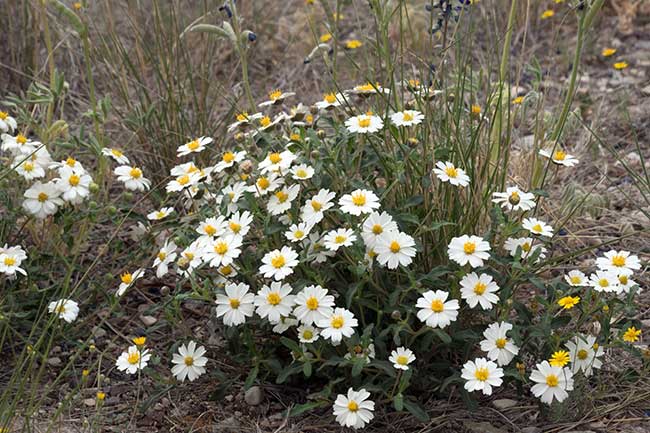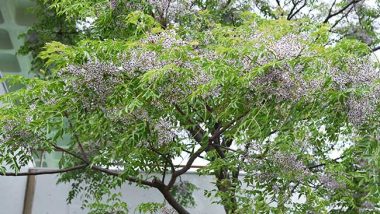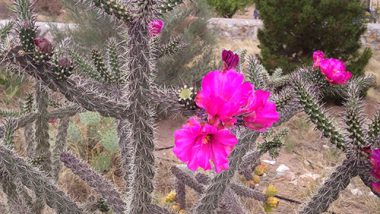Last updated on December 5th, 2024 at 07:59 am
The Blackfoot Daisy Plant: A Gardener’s Delight
Growing the Blackfoot Daisy. If you’re dreaming of a beautiful yet low-maintenance garden in the Southwest, the Blackfoot Daisy might be your plant of choice. It is known for its delicate charm and rugged endurance, this native plant effortlessly weaves beauty and practicality together. But what makes the Blackfoot Daisy so special? Let’s explore its unique characteristics and gardening benefits.
Characteristics of Blackfoot Daisy
The Blackfoot Daisy, scientifically known as Melampodium leucanthum, brings a touch of elegance to gardens. Understanding its features helps in making the most of what it has to offer.
Physical Description
Standing at just about 12 to 18 inches tall, the Blackfoot Daisy is a petite marvel. This plant’s compact, rounded form makes it perfect for creating natural-looking garden borders. Its leaves are a soft shade of grey-green, exuding a touch of serenity. But the star of the show? Definitely the flowers. They’re like tiny stars sprinkled over the plant, pure white petals surrounding a center of bright yellow. Each bloom is a reminder of the simple, unassuming beauty that nature can provide.
Growing Conditions
How does the Blackfoot Daisy thrive? This plant loves basking in full sunlight, welcoming warm rays throughout the day. It’s well-suited for sandy, well-drained soil, so you don’t have to worry about overly complex soil preparations. As a rule of thumb, always remember the phrase: “less is more”. A nutrient-rich soil isn’t necessary, making the Blackfoot Daisy perfect for gardeners looking for a straightforward setup. It loves the Southwest Desert Sun.
Cultivation and Care
You might wonder, “How do I care for such a lovely plant?” Worry not; the process is as simple as the plant is charming.
Planting Tips
Timing is everything when planting Blackfoot Daisies. Early spring is an ideal period, providing a significant head start on the growing season. Spring is the best time to plant. Make sure to space each plant around 12 inches apart. This gives them room to spread and showcase their full glory. Unlike drama-worthy movies, Blackfoot Daisies thrive on peaceful loneliness, free from overcrowding.

Watering and Fertilization Tips
Here’s a tip: Let nature lead. Blackfoot Daisies prefer natural rainfall over relentless watering schedules. Overwatering can suffocate the roots, so a good rule is to water them only during extended dry periods. Fertilization? No worries there. These beauties rarely need any extra nutritional boosts. Think of them as the self-sufficient guests at your garden party—they come ready to shine without a fuss.
Benefits of Blackfoot Daisy in Southwest Gardens
Melampodium leucanthum – Now that we’ve got the basics down on how to care for them, why should Blackfoot Daisies be a must-have for every Southwest gardener? These hardy plants thrive in hot, dry climates, making them perfect for the Southwest’s challenging conditions. Plus, their cheerful white blooms can brighten up any garden space with ease.
But isn’t there a chance they’d just blend in with all the other wildflowers? Not at all. Blackfoot Daisies are unique, with their delicate appearance and resilient nature. They can withstand drought and rocky soil, all while providing a natural charm that’s hard to match. What’s more, they require little maintenance, so even if you’re not a green thumb, keeping them happy is no sweat. In a nutshell, it’s their blend of beauty and toughness that makes them a standout choice for any garden in this region.
Attracting Pollinators
Who can resist a garden buzzing with bees and fluttering with butterflies? Blackfoot Daisies are a magnet for pollinators, creating a lively atmosphere as these essential creatures do their vital work. If you’re aiming for a garden buzzing with life, look no further. The daisies provide both beauty and ecological balance.
Types of Plants that attract Butterflies.
Drought Resistance
One of the standout features of Blackfoot Daisies is their ability to withstand dry spells. It’s almost as if these plants were made for the arid climates of the Southwest. Even when rainfall is scarce, they perk up with natural resilience. This trait makes them an ideal choice for those committed to sustainable gardening practices in water-scarce areas.
Common Issues and Solutions
Even the best of plants can face challenges. Here’s how to tackle common issues with Blackfoot Daisies.
Pest Management
While relatively low in pest problems, you might occasionally encounter small pests like aphids. Fear not. A gentle spray of water is often enough to dislodge them. For persistent pests, introduce ladybugs into your garden—they’re excellent natural predators of aphids. Embrace the balance of nature!
Disease Prevention
Blackfoot Daisies are hardy, but overwatering can lead to root rot or mildew. Prevention is the key. Ensure proper drainage and resist the urge to drown your plants in affection (read: water). By controlling moisture levels, you’ll keep your daisies healthy and disease-free.
The Blackeyed Susan is another gorgeous drought tolerant daisy plant.
Conclusion
The Blackfoot Daisy is not just a plant—it’s a testament to graceful endurance. From stunning blooms to easy care, it’s a Southwest garden’s best friend. Whether you’re a seasoned gardener or a newbie, this plant offers beauty with low maintenance. Why not give your garden the fairy-tale charm it deserves? Consider planting Blackfoot Daisies and transform your outdoor space into a paradise of simplicity and elegance.

Greenhouse Manager, Master Gardener, and Webmaster.
If you have any questions or enjoyed this post, feel free to share your thoughts in the comments below.




